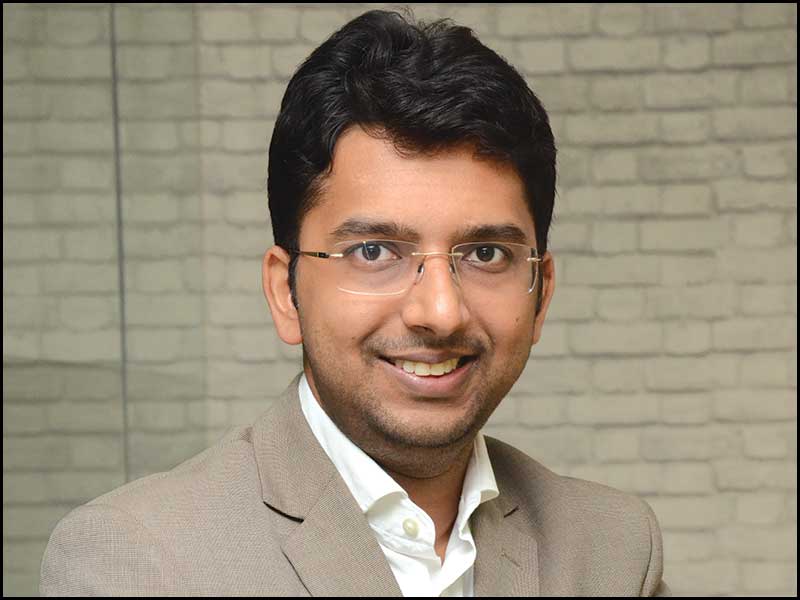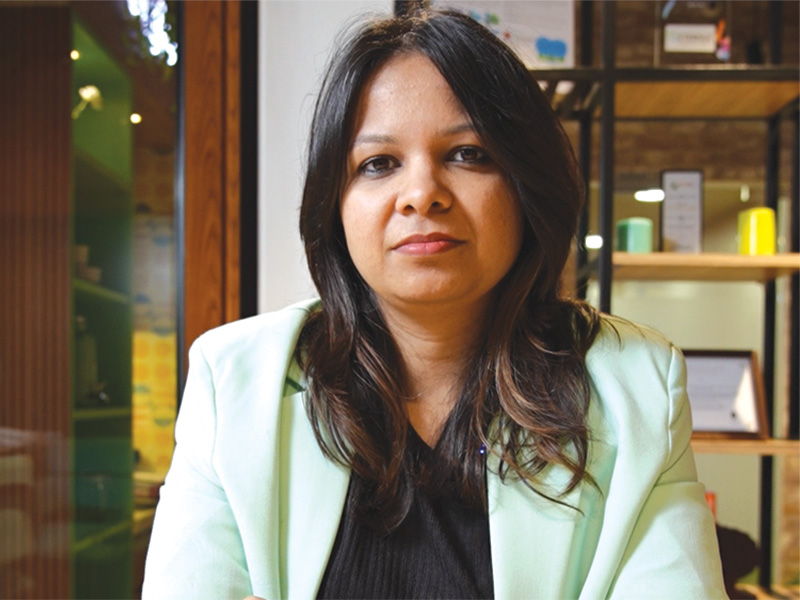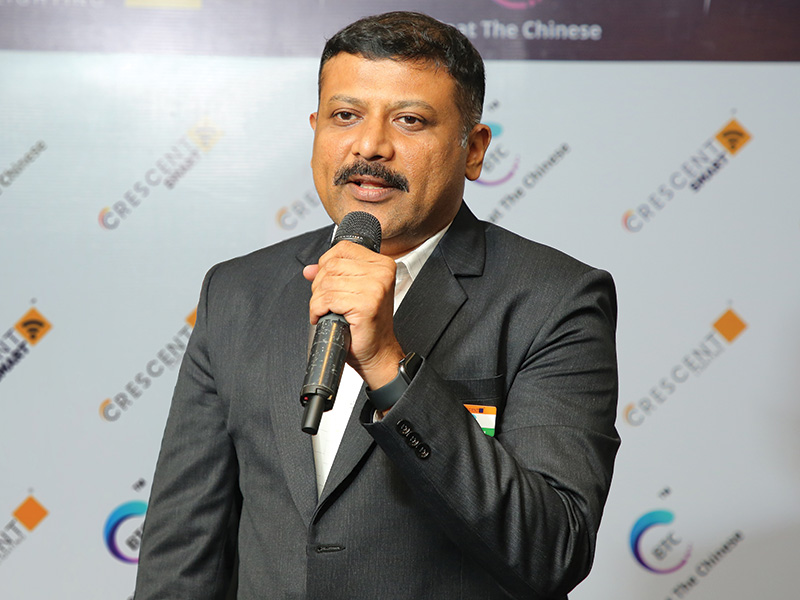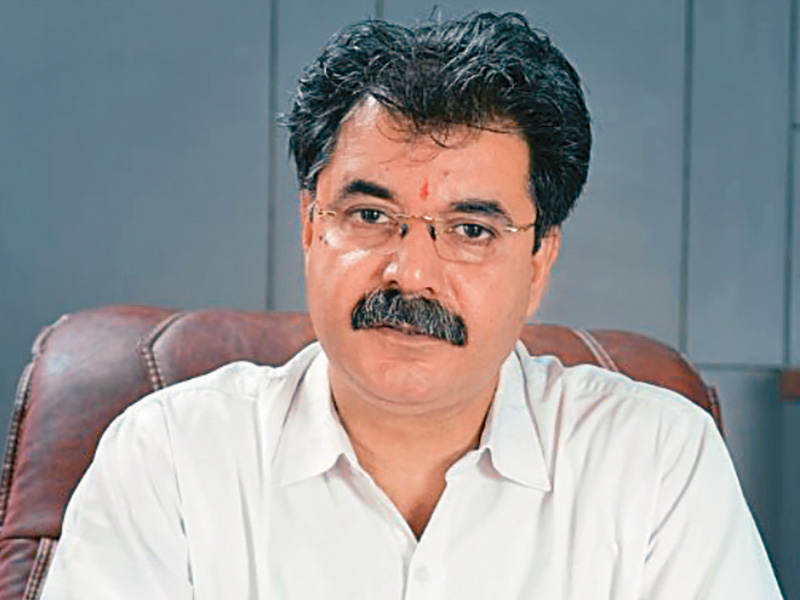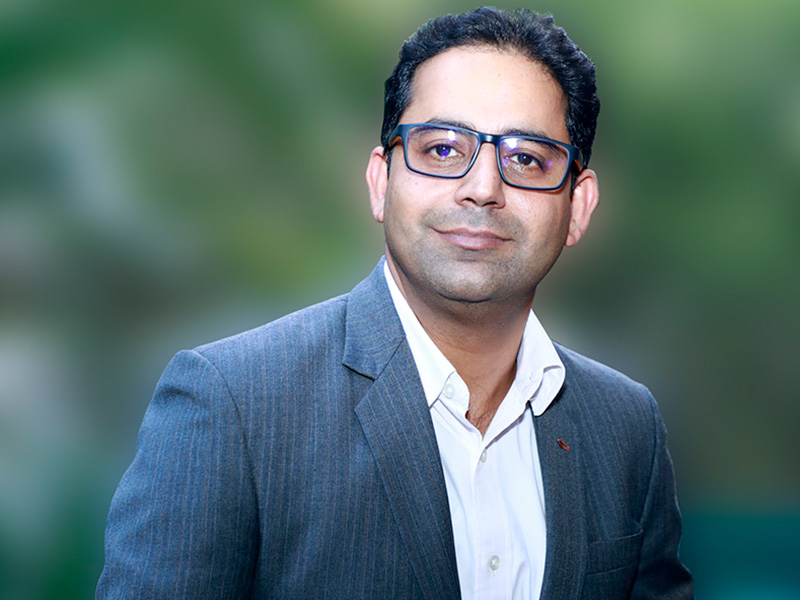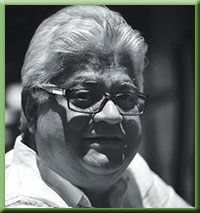
How have you seen flooring (as a substance) evolving over the years?
Not much had been happening in the flooring industry since the early 1960's, when ceramic tiles were first introduced in Europe. But a whole new type of flooring stormed the global scene in 1987 when a Swedish producer of laminates launched the world's first laminate flooring - Pergo. Today about 500 million square meter of laminate flooring and another 120 million square meter of engineered wood flooring are consumed annually.
As awareness about different products increases, customers want to move away from conventional material like stone, mosaic (terazzo), ceramic tiles, carpets, etc. to newer more versatile material such as laminate and engineered wood floorings.
What is the current global trend? For wood-based flooring, how is the market shaping up in India?
The Global Flooring Market, as measured by per capita consumption, stands at around six billion square meters per annum with the developed countries accounting for about 5 square meter per capita. India, by those standards is still a growing market with a per capita consumption of around 1 square meter. This 1 billion square meter flooring market is dominated by cold hard floors such as ceramic tiles, stones etc and wood-based floors currently only account for about 1.5% of this. If past consumption patterns are observed then wood flooring should take in about 15% of the market or almost 10 times the current size. The current growth rate of about 20% per annum in this category is a good indicator of things to come.
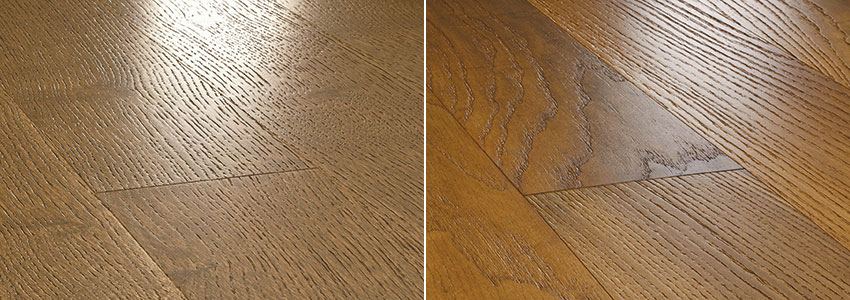 |
|
| Oak Espresso Rustic 1 Strip | Ash Fressno MillRun(No Brown Heart) 1 Strip Light Smoked Teak Matt lacquer Micro-bevelled |
Of late, the industry has noted the entry of high-profile manufacturers like Greenply Industries with their laminate flooring and Greenlam Industries with Mikasa – their engineered flooring. Their entry has pushed the market both ways – vertically as well as horizontally. Customers seek variety. This is opening up the market for serious producers, who can now fulfil the demand of customers who were always willing to buy locally sourced quality products. This trend will not only push the demand, but we can also expect a more organised wood flooring industry system to emerge.
There are many imported stuff selling in the market. Of these, quite a few are sub-standard and giving good competition to the branded ones. Where does Mikasa stand when it comes to quality standard?
All raw materials are imported from across the globe and no illegally felled wood is ever used in the manufacture of Mikasa. The HDF core conforms to E1 grade and all the lacquers and stains are water based, making these floors practically VOC free and healthy to live on. With more than 70 variants the consumers are spoilt for choice. New products, reflecting the changing global trends, will be introduced to the market regularly. The technology for joining the planks together is reflected in the glueless joint PlankLoc making the installation process very simple and leaving no mess behind.
What steps do you suggest to further propagate this relatively new flooring substance in India?
For the products to be successfully accepted, we need to convince builders, architects, and interior designers to use these products in their respective projects. For this, we will have to work closely with these specifiers. This will lead to the average consumer getting more aware about the products, which will ultimately push the demand up.
When any new product is introduced, manufacturers have to support this with very strong after-sales service. And as serious manufacturers, if we do not invest in training of installers, and on people who will have to maintain the products in the long run, then obviously we will not have some very satisfied customers.
We have learnt that weather plays an important role when it comes to opting flooring substance. What is your perception for a country like India which has different weather conditions across regions?
It is important to note here that India is a tropical country. People still prefer cold hard floors, which continue to drive demand for the traditional materials. As far as wood-based floorings are concerned, they are a niche, albeit a growing one!
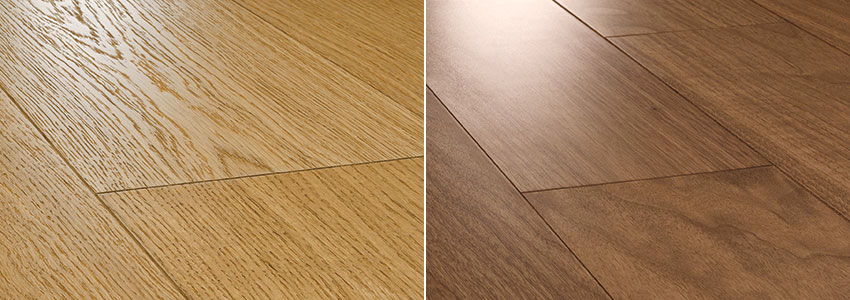 |
|
| Oak Stockholm Premium 1 Strip Matt lacquer Bevelled Edges | American Walnut Naturale Premium 1 Strip Satin Lacquer Non Beveled Edges |
A quick snapshot of the Indian market shows us that the North considers wood a novelty. The demand there is quite good because of the continuous construction activity. South is a fast growing market as buyers there know the use of wood inherently. West likes the practicality of wood while the East likes the products in pockets.
It's a bare fact that India lacks trained installers. What are your suggestions for the installers, when it comes to applying techniques?
These wood-based products are sensitive to atmospheric changes, and behave differently with variations in temperature and humidity. For instance, solid-wood floors require a more regular maintenance program as opposed to engineered wood floors which need to be re-sanded and polished after about 10-12 years of usage. So, proper installation is imperative, leaving the right expansion gaps for example. The products should have the appropriate abrasion and wear resistance depending on where they are installed.
When we appoint our trade partners, we make sure that they have trained people to handle all such 'after market' concerns. Wood and laminate floors had been introduced to India two decades back, and since then, they (installers) have done 30-35 million square meter of installations and are well trained in the installation techniques. The need is to refresh their knowledge about the new products even if the basic techniques remain the same.
What should be kept in mind when going to choose from wooden flooring options?
Enough products in the engineered flooring category exist today from veneer thickness starting from 0.6mm going up to 6mm. Mikasa has launched products from a wear layer of 0.6mm to a wear layer of 3mm offering a warranty of up to 30 years. Customers who want to replace their flooring every ten years can install floors with veneers between 0.6 to 2mm thick veneers. Thicker and bigger planks last longer, even good for 35-50 years and beyond.
As with the industry, wood flooring retailing is also evolving. It is currently driven by the knowledgeable individual who is personally attending to his customers and advising them about the right products. We work closely with our partners in creating experience zones for the consumers to get a real feel for the products before buying.






